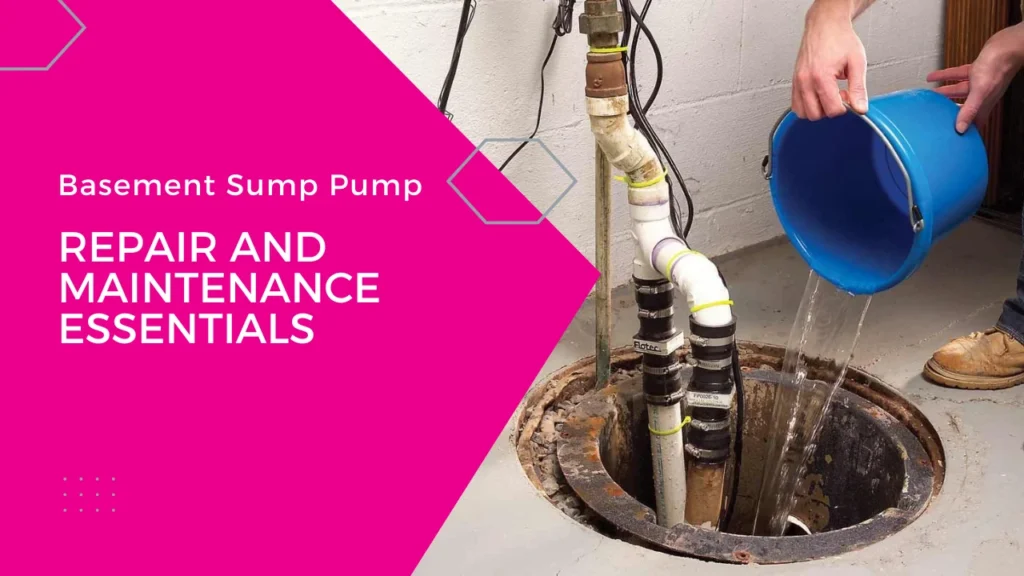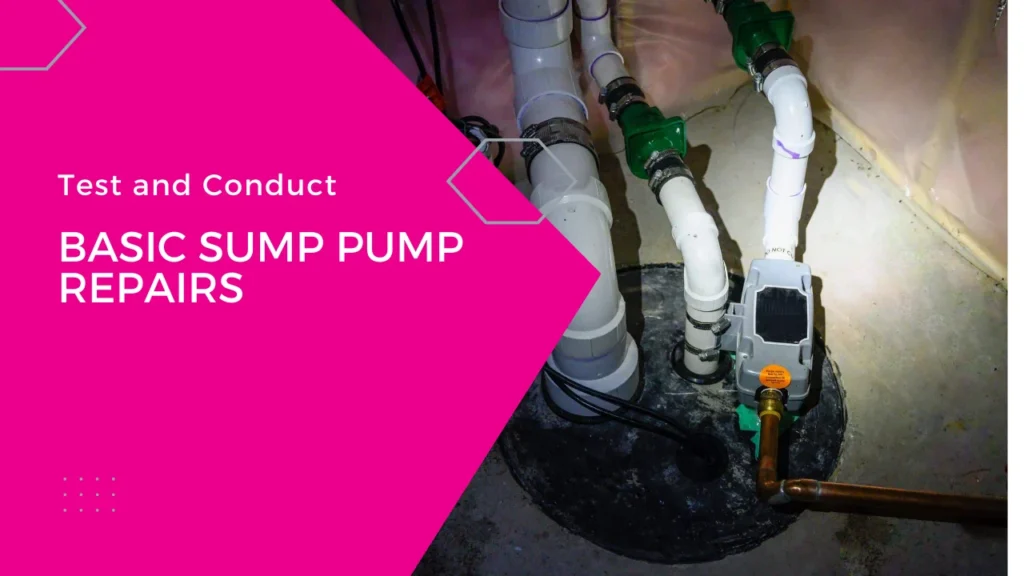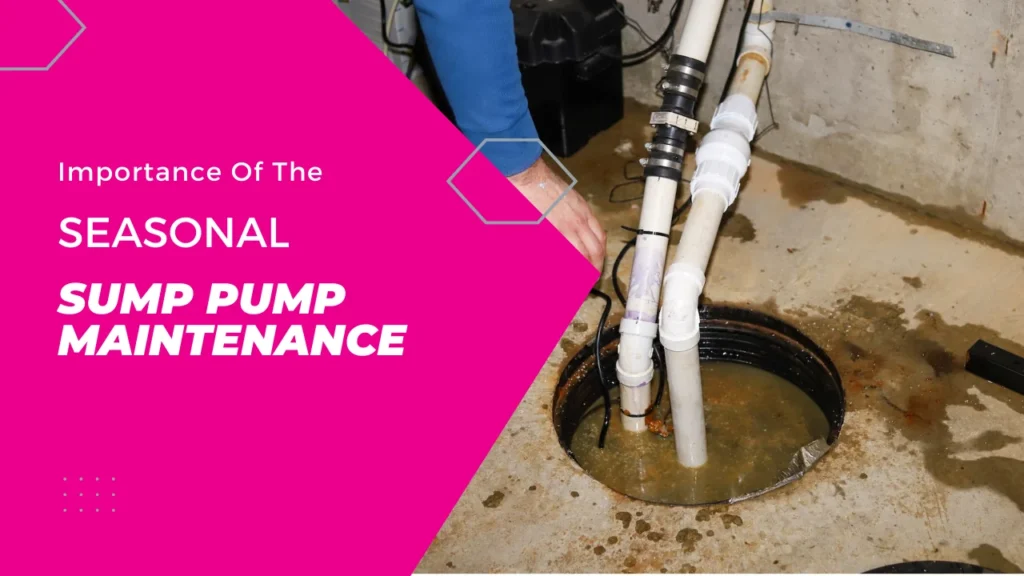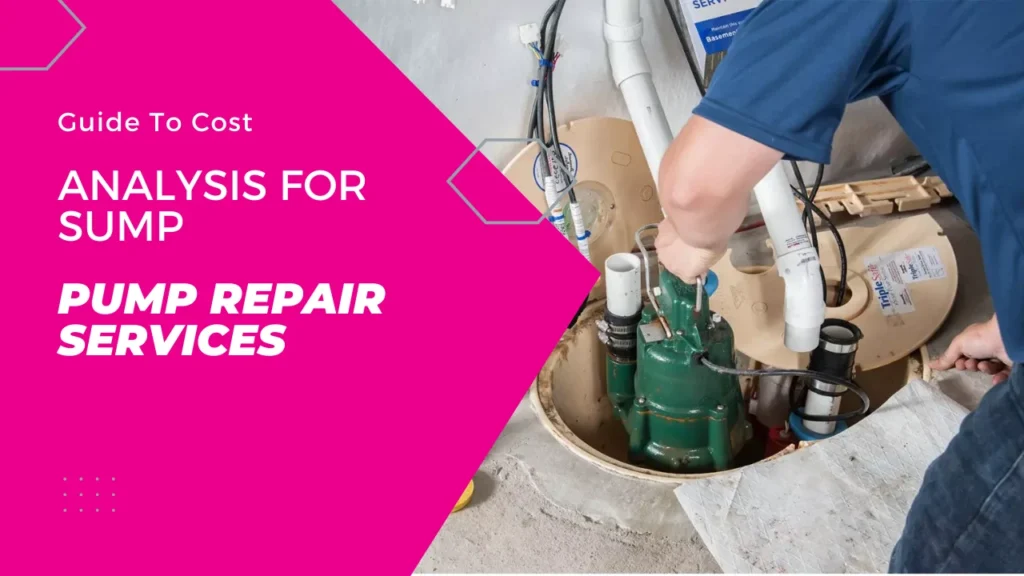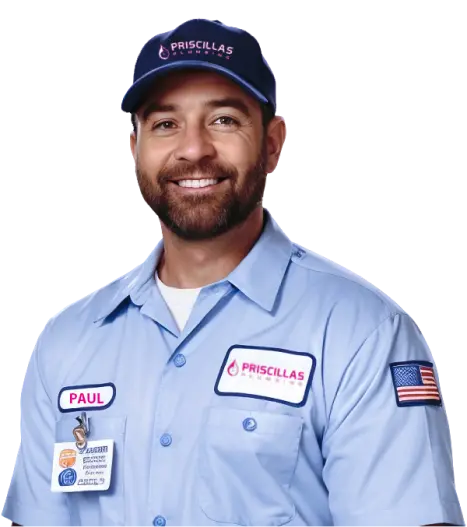Few home maintenance systems are as crucial yet often overlooked as the basement sump pump. This unassuming device is a stalwart guardian against flooding and water damage, quietly working in the background to keep your basement dry and habitable. However, like any mechanical equipment, sump pumps require regular attention and occasional repairs to ensure they function optimally when needed.
What are the Key Steps in Sump Pump Repair and Maintenance?
Regular inspection and maintenance are the cornerstones of effective sump pump care. Begin by visually inspecting the pump and its components for signs of wear, rust or debris accumulation. Test the pump by pouring water into the sump pit to verify its functionality. Additionally clean the pump and the pit thoroughly to prevent clogs and blockages. Finally consider installing a backup power source such as a battery backup or generator to ensure your pump remains operational during power outages.
Ensuring the Power Supply
First, check if your sump pump is plugged into its outlet. This ensures it gets enough power. For safety, use a surge protector or a GFCI socket. Also, inspect the power cord for damage, and if you spot any, get it fixed promptly.
Keeping the Pump Level
Sump pumps vibrate while running, which might cause them to move out of place. Use a level to ensure they are sitting straight, both horizontally and vertically. This helps them work efficiently.
Testing Automatic Activation
Next, fill the sump basin with water and observe if the pump starts automatically. While it’s running, pay close attention to any odd sounds or smells. These could be signs that something’s not quite right and needs attention.
Cleaning and Inspecting the Pump
Once you have confirmed that the pump is working smoothly, remove it from the basin for inspection. Check the bottom for any debris that may have been collected. Cleaning it thoroughly ensures that it continues to function properly.
Inspecting the Discharge Line
Moving on, inspect the discharge line for leaks by closely examining each joint. Ensure the line extends far from your home’s foundation to prevent water buildup. This helps direct water away from your house effectively.
Cleaning the Inlet or Screen
Before disconnecting the power supply to the pump for safety, remove screens or inlet covers and clean them well with a toothbrush and water. If there’s no screen use the toothbrush to remove debris from the inlet opening.
Refilling the Basin
After cleaning, pour water back into the sump basin to prevent the pump from drying. Let it cycle on and off as usual. This helps maintain the pump’s functionality and prevents potential damage.
How Do I Know If My Sump Pump Needs Replacement?
Your sump pump is critical in preventing water damage in your basement or crawlspace, so ensuring it’s in good working condition is important. It is also necessary to assess whether the sump pump is right. Here are some signs that might indicate your sump pump needs replacement:
Age
Sump pumps are like any other appliance they have a lifespan. On average they last between 7 to 10 years. If your pump is nearing or has surpassed this timeframe its wise to consider replacing it. Older pumps are more prone to breakdowns and may not efficiently handle sudden water surges during heavy rains or storms.
Strange Noises
Pay attention to any unusual sounds from your sump pump such as grinding, rattling or loud vibrations. These noises could indicate mechanical problems within the pump. Over time parts may wear down leading to inefficiencies or potential failures. Addressing these sounds promptly can prevent further damage and extend the life of your pump.
Excessive Cycling
A sump pump that frequently turns on and off, a phenomenon known as short cycling, may struggle to keep up with the water flow. This could occur for various reasons, including a pump that is too small for your needs or one experiencing decreased efficiency with age. Not only does short cycling put unnecessary strain on the pump, but it also reduces its effectiveness in removing water from the pit.
Visible Rust or Corrosion
Inspect your sump pump and its components for any signs of rust or corrosion. These are clear indicators of deterioration and suggest that the pump may soon fail. Rust can weaken the pump structure and compromise its ability to function correctly making it essential to address this issue promptly.
Leaks or Moisture
Watch out for water leaks around the pump or the sump pit. Leaks can occur due to worn-out seals cracks in the pump housing, or other internal issues within the pump. Even if the leaks are small they can cause big water damage if you don’t fix them quickly. So it’s really important to deal with leaks right away.
Lack of Operation
When it’s raining heavily or there’s a lot of water coming in, your sump pump should start working well to get rid of the water in the pit. If you notice that your pump isn’t turning on or isn’t getting rid of water like it should, it might be a sign that it’s going to stop working soon. Issues with electricity, the pump’s mechanics, or the float switch could cause the problem and require immediate fixing.
Frequent Clogs or Jams
Is your sump pump often blocked by debris or stuck while it’s working? This could mean that it’s having trouble working properly. Dirt, rocks, or other debris getting into the pump or pit can prevent it from working well. It’s important to deal with these blockages quickly and consider upgrading or changing the pump to prevent these issues from happening again.
Burnt Smell
If you detect a burnt odor emanating from your sump pump or its motor, it’s a clear sign of trouble. This smell often indicates overheating or electrical issues within the pump. Ignoring this warning sign could lead to pump failure or even pose a fire hazard, underscoring the importance of immediate inspection and action.
Visible Damage
Look closely at your sump pump for any visible signs of damage such as cracks breaks or warping. If the sump pump’s housing or parts get damaged, it might not work as well in getting rid of water. Whether the damage happens because of old age or something outside it’s really important to fix it quickly. If you don’t, the damage could worsen and your place might get flooded with water.
If you want the best services and get sump pump repair services, Priscilla’s Plumbing is the city’s best provider, so contact us today and discuss your needs.
FAQs
How often should I inspect my sump pump?
Checking your sump pump at least twice a year is a good idea. Ideally you should do this before the rainy season starts and again after winter. This helps ensure your pump is ready for any extra water that might come its way.
What are the signs that my sump pump needs repairs?
Some signs your sump pump might need fixing include strange noises when it turns on and off frequently or water leaking or puddling around it. If you notice any of these signs, it is important to deal with them quickly to avoid potential flooding.
Can I install a sump pump myself or should I hire a professional?
While some people might have the skills to install a sump pump, hiring a professional is often better. They can ensure the pump is the right size and installed correctly for your basement’s specific needs. This reduces the chance of mistakes or problems later on.
